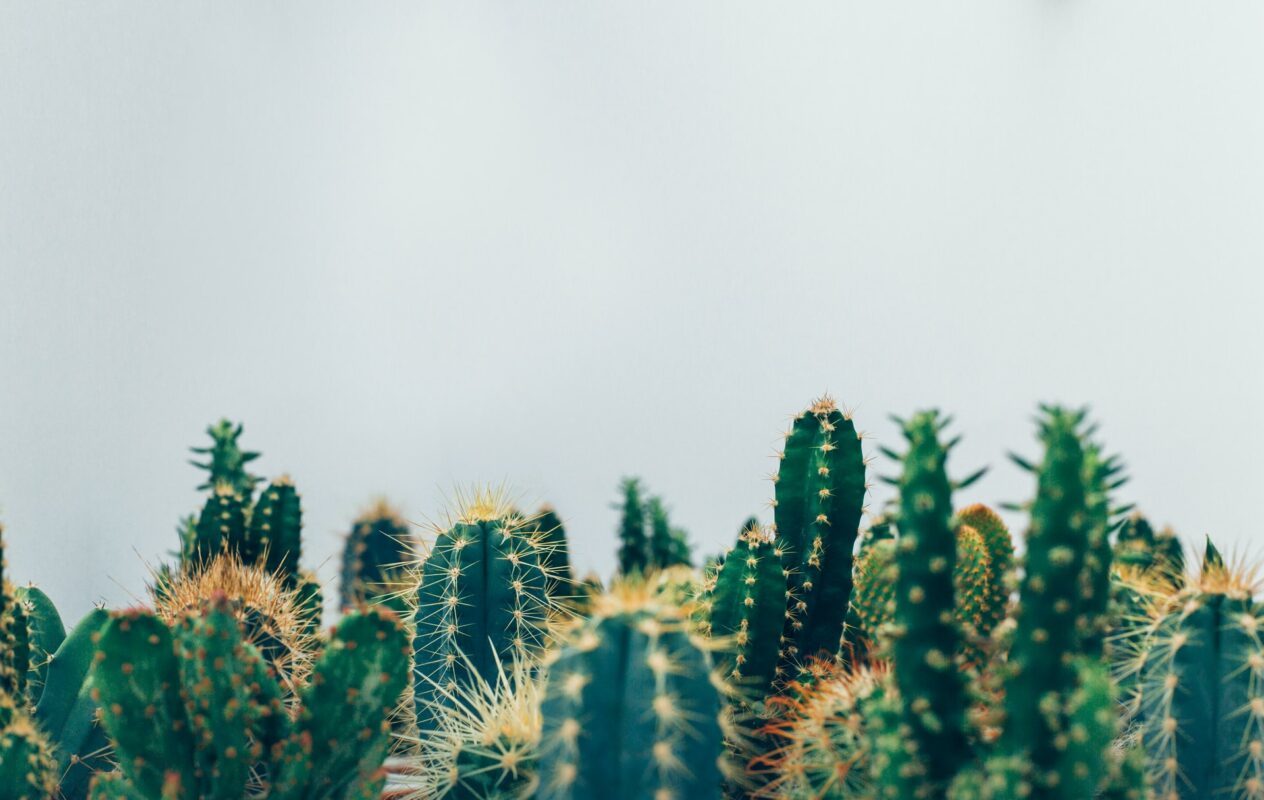
Botanists call them succulent plants because their tissues are full of water, they have a slightly juicy appearance, for this reason they are called “succulents”.
Thanks to the large vacuoles present in the stem of the succulents, water and nutrients remain stored, making the stem and leaves become kind of tanks that release water when the plant requires it. Also their texture, which is covered with waxy substances made on purpose to limit the evaporation of liquids, contribute to give a thick appearance to the plant.
There are about ten thousand species of succulents in nature, the most famous are the typical cacti, or the agave, from the particular flowering that occurs only once in life, as a result of which the plant dies. Then the prickly pears, with sweet and watery fruits, then there are also succulent plants with flowers that are grown especially indoor or on the balconies and among these, there are the species covering and climbing walls.
Let’s discover the species step by step!

Starting from indoor species, there are as many as 600 varieties. They easily adapt to pot cultivation and they are perfect to give a touch of color to your house. In addition, they purify the air.
It is not necessary to be a botanist to grow succulents, just a few basic tips to start, then after a bit of experience, you can choose more challenging species.
First of all, choose the location for the plant. It’s very important to find the right place: temperature and exposure to light are the first things to consider. A common mistake is to assume that the plant loves the dry heat but it is not like that.
It will also be true that cacti live in the desert but it is only right to know that most of the succulents also resists well to the moderate cold temperature, this is due to the fact that, in nature, these plants live in places where the torrid days follow icy nights, with remarkable temperature ranges.
So, succulents live well indoor if temperatures are above 13 degrees.
As for light exposure, succulents do not need direct exposure to sun. Just place the plant on a window sill or ear a window and that’s it!
How often and how much to water the succulents
The answer is simple but also difficult: it depends!
In fact, it depends on the type of plant and also on the season. For example, during the summer even an indoor succulent plant needs to be watered regularly and whenever the soil dries.
While during the winter, the quantity of water needed to succulents will decrease, it will be definitely less than in summer. The plant is able to sustain itself by absorbing the water particles in the humidity of the air so during the winter it is not necessary to water it. When watering plants, always remember not to overdo it. Avoid leaving water in the saucer and always pour water on the soil, never on the leaves or flowers.
The third important step after placing the plant in the right place and irrigation is repotting.
Instructions for a perfect repotting
- Pour the organic soil on the bottom of the pot. The substrate has to provide the best conditions for the development of succulents.
- Remove, as gently as possible, the plant from the pot, being very careful of thorns.
- Cut the roots that are too long or dry.
- Place the plant in the new pot covering it with substrate but without pressing it too much. The soil has to be compact but not crushed.
- Wait a week before watering the plants, so that the roots can adapt and if necessary, add more soil.


 Italiano
Italiano